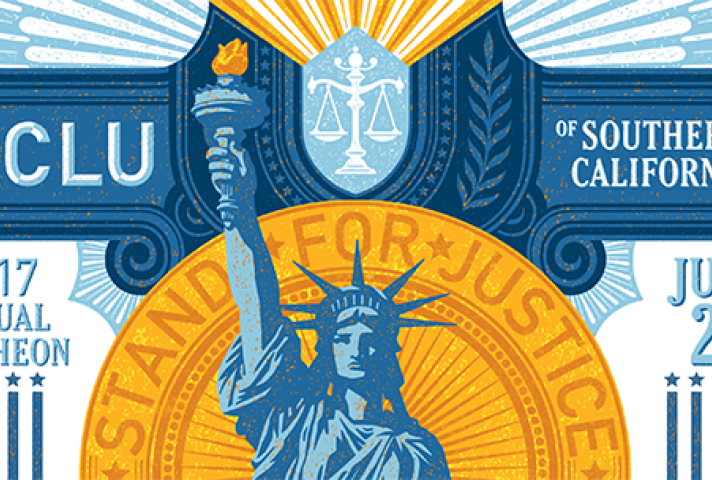Date
Monday, March 27, 2017 - 12:15pmMenu parent dynamic listing
Style
Standard with sidebar
Join us as we honor advocates and artists committed to civil liberties at the ACLU Foundation of Southern California 23rd Annual Luncheon on Friday, June 23, 11:15 a.m. at The L.A. Hotel, 333 South Figueroa Street, Los Angeles, CA 90071.
